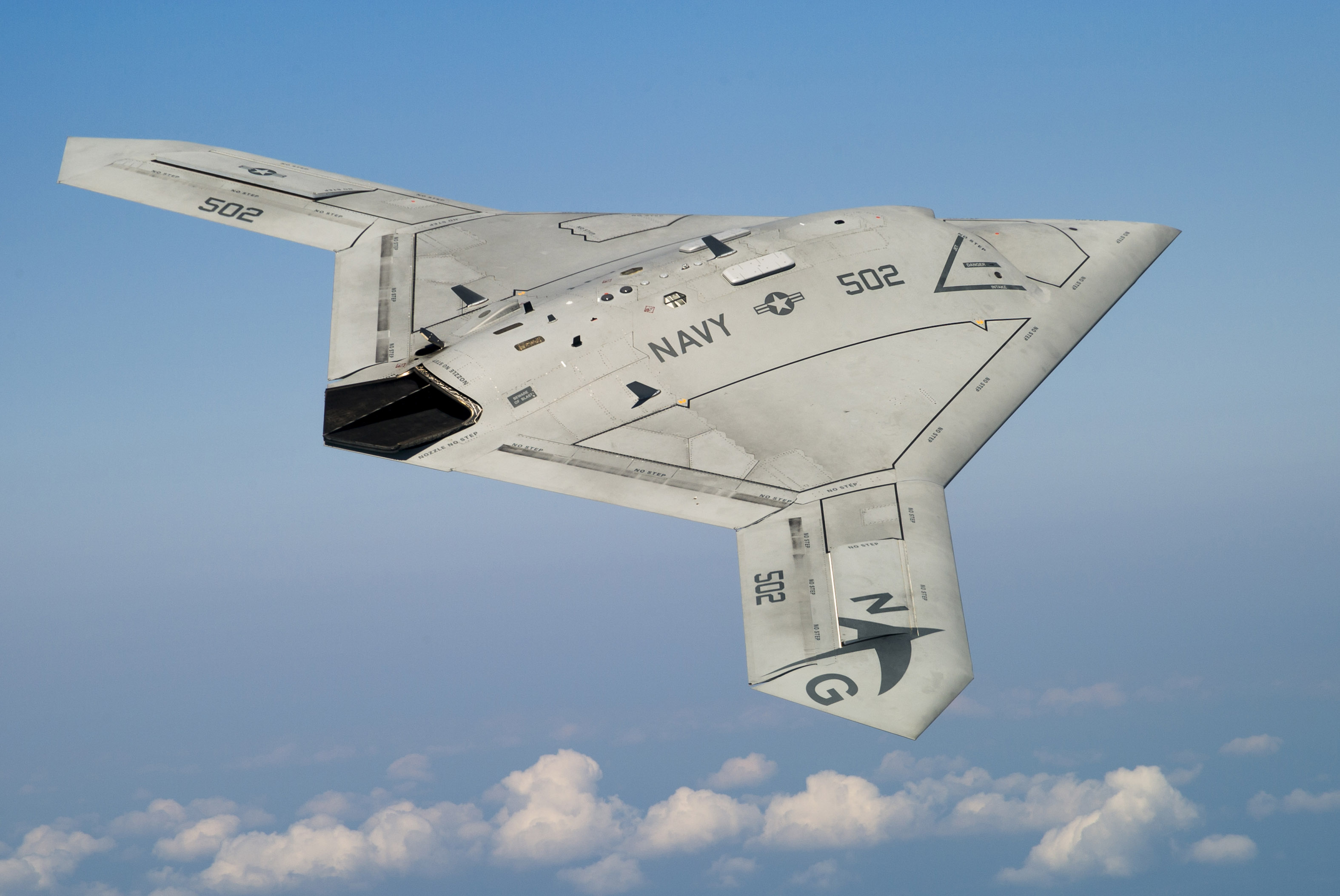
Cost will likely be the biggest design driver for the U.S. Navy’s Unmanned Carrier Launched Airborne Surveillance and Strike (UCLASS) aircraft when the service issues its draft Request for Proposals (RFP) for the program—which could be as early as Friday —according to industry sources.
Industry sources told USNI News that there are positive indications that the Navy has finally settled on specifications for the UCLASS.
One industry source indicated that Sean Stackley, assistant secretary of the Navy for research, development and acquisition (RDA) was “OK with the draft RFP as it is,” but some additional reviews still need to be completed.
“The Navy is trying hard to make that happen,” the source said.
The service is operating within severe cost constraints and both industry and Navy officials say that the requirement for the UCLASS to deliver an intelligence, surveillance and reconnaissance (ISR) orbit at “tactically significant ranges” for $150 million will not change.
Theoretically, two aircraft can cover one orbit if that aircraft is capable of flying for 14 hours, which means the maximum price point for a UCLASS air vehicle is about $75 million, according to industry sources.
“I think there has to be some realization that there is cost associated with capability,” the industry source said.
While survivability features are expensive, the size of an aircraft ultimately drives its price tag—therefore it will payload, range, endurance and missions such as aerial refueling that that could increase the UCLASS’ costs.
“There has been some tendency to grow the list of desired capabilities for UCLASS,” the industry source said. “There has got to be some balancing of that with the cost.”
Payload is one the single biggest drivers of size and thereby the cost of an aircraft. Unlike with other features, an aircraft has to be designed from the outset to carry a required payload.
“The bigger payload, the bigger the airplane. It is almost that simple” the industry source said.
“That particular type of trade study on payload is real sensitive as far as cost impacts and aircraft size impacts.”
But in addition to designing an aircraft for certain payload and range characteristics, the designers must take into account the available engines.
For example, if the only engine available for the size and weight class of a particular design has a higher specific fuel consumption rate than was originally expected, engineers will have to add more fuel capacity—which in turn increases the size and weight of the aircraft. That in turn increases cost.
Further, for a low observable high-endurance ISR aircraft, engineers have to weigh the benefits of a high-bypass turbofan, which has low specific fuel consumption rates, with the physical diameter of the engine. Conversely, low-bypass turbofan engines are narrower and have much higher specific thrust outputs, but burn much more gas.
Another factor is that there currently is no carrier-based jet engine that has low enough specific fuel consumption numbers to propel an aircraft that might have to remain in the air for as long as 14 hours. All of that has to be balanced with cost.
“Certainly you see the design loop we get into,” the industry source said.
“We don’t get the luxury of designing an engine for this airplane.”
Meanwhile, there has been “some recognition” that the UCLASS air vehicle might be in service for more than 20 years and will need to be able to operate over a broad spectrum of conflict—including high-threat environments—and therefore will need to be survivable.
But survivability features like stealth cost money, as one Navy official pointed out, the service will have to determine exactly what level of low observable capability is good enough.
“What is actually required depends on what the Navy decides they want the vehicle to do, where it flies and how long it needs to be there,” the official said.
Further, the Navy has to determine exactly what the threat is to the air vehicle.
For example, while a low-frequency band VHF radar might be able to detect certain stealthy airframes, but with a large radar resolution cell the enemy may not be able to generate a weapons quality track for that target.
Thus, the question must asked, the official said, should the UCLASS be essentially invisible or would it be alright is the UCLASS can be seen but the enemy can do nothing about its presence?
The bottom-line, however, is that low-observable features cost money.





